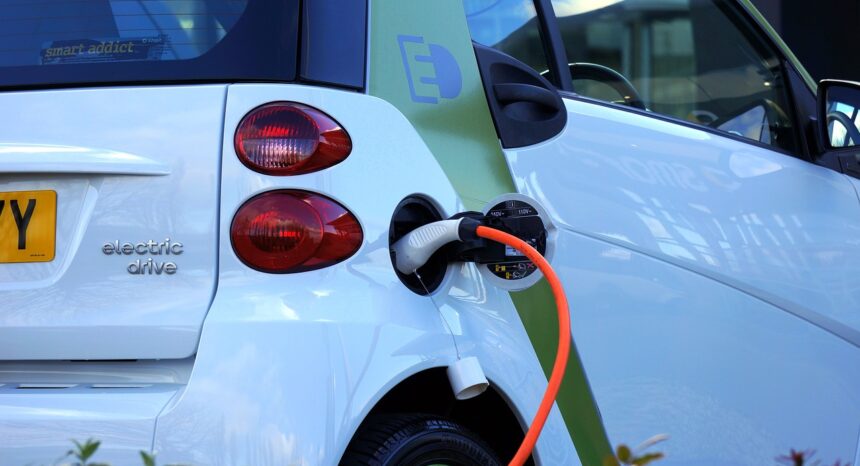Research has shown that, as with many things in life, the devil is in the details when comparing the efficiency of conventional and hybrid cars. When an automobile generates all its own power — as with those that run on fossil fuels — it’s simply a question of aiming for one with the highest possible gas mileage. Things get trickier with plug-in hybrids, however: Is the power they get from the grid produced by state-of-the-art solar farms, or down-and-dirty coal plants? It depends on where you plug in.
Things are trickier still when considering the potential benefits of a large-scale network of car-charging stations across the United States — infrastructure that doesn’t yet exist. While such a network would allow wider adoption of plug-in hybrids and all-electric cars, would building it lead to lower environmental costs than current gas-electric hybrids?
A 2013 study published in Energy Policy, “Cost-effectiveness of Plug-in Hybrid Electric Vehicle Battery Capacity and Charging Infrastructure Investment for Reducing U.S. Gasoline Consumption,” looked at the relative benefits of a vehicle-charging network and hybrid vehicles with larger batteries. The researchers, based at Carnegie Mellon University, examined gas and power consumption by plug-in hybrid electric vehicles of varying battery capacities and under a range of charging-infrastructure scenarios.
In the study, the researchers note that a number of financial incentives are in place to encourage the adoption of cleaner vehicles: The U.S. government has given grants of $137 million for the installation of approximately 18,000 charging stations in select areas; and buyers of hybrid electrics get a tax credit of $2,500 up to $7,500 based on battery capacity, not vehicle range. This extra capacity isn’t without cost, as larger batteries weigh more, cutting into the additional range theoretically available.
The study’s findings include:
- Across the battery-capacity and charging-infrastructure scenarios examined, the lowest-cost solution is for more drivers to switch to traditional hybrid electrics or low-capacity plug-in hybrid electric vehicles (PHEVs): “Charging infrastructure is generally not necessary for operation of PHEVs and substantial gasoline displacement can be achieved solely with home charging.”
- Installing charging infrastructure would provide lower gasoline savings per dollar spent than paying for increased PHEV battery capacity: “We find that the maximum cost per gallon saved for increased [all-electric range] is 5% to 40% less than the minimum cost per gallon saved when installing charging infrastructure, depending on vehicle class.”
- “Looking forward as battery prices decrease and the [all-electric range] resulting in maximum lifetime cost savings increases, the relative value of plugging in multiple times throughout the day will also decline.”
- “The limited range of BEVs [battery electric vehicles] make nondomestic charging infrastructure more critical if the vehicles are to be used as primary vehicles. But public investment in either large-battery vehicles or charging infrastructure generally produces fewer benefits per dollar spent than investment in small-battery PHEVs.”
The researchers conclude: “It is clear that federal subsidies are not currently aligned with the goal of decreased gasoline consumption in a consistent and efficient manner. Other relevant policy objectives, including reduction of emissions externalities, encouragement of technology development, and job creation do not show clear benefits of favoring large battery packs over small battery packs.”
A related study, “Comparative Environmental Life Cycle Assessment of Conventional and Electric Vehicles,” analyzes how electric cars stack up against those with traditional gas and diesel engines over their entire life cycle.
Tags: cars, renewable energy, technology, fossil fuels, infrastructure


Expert Commentary